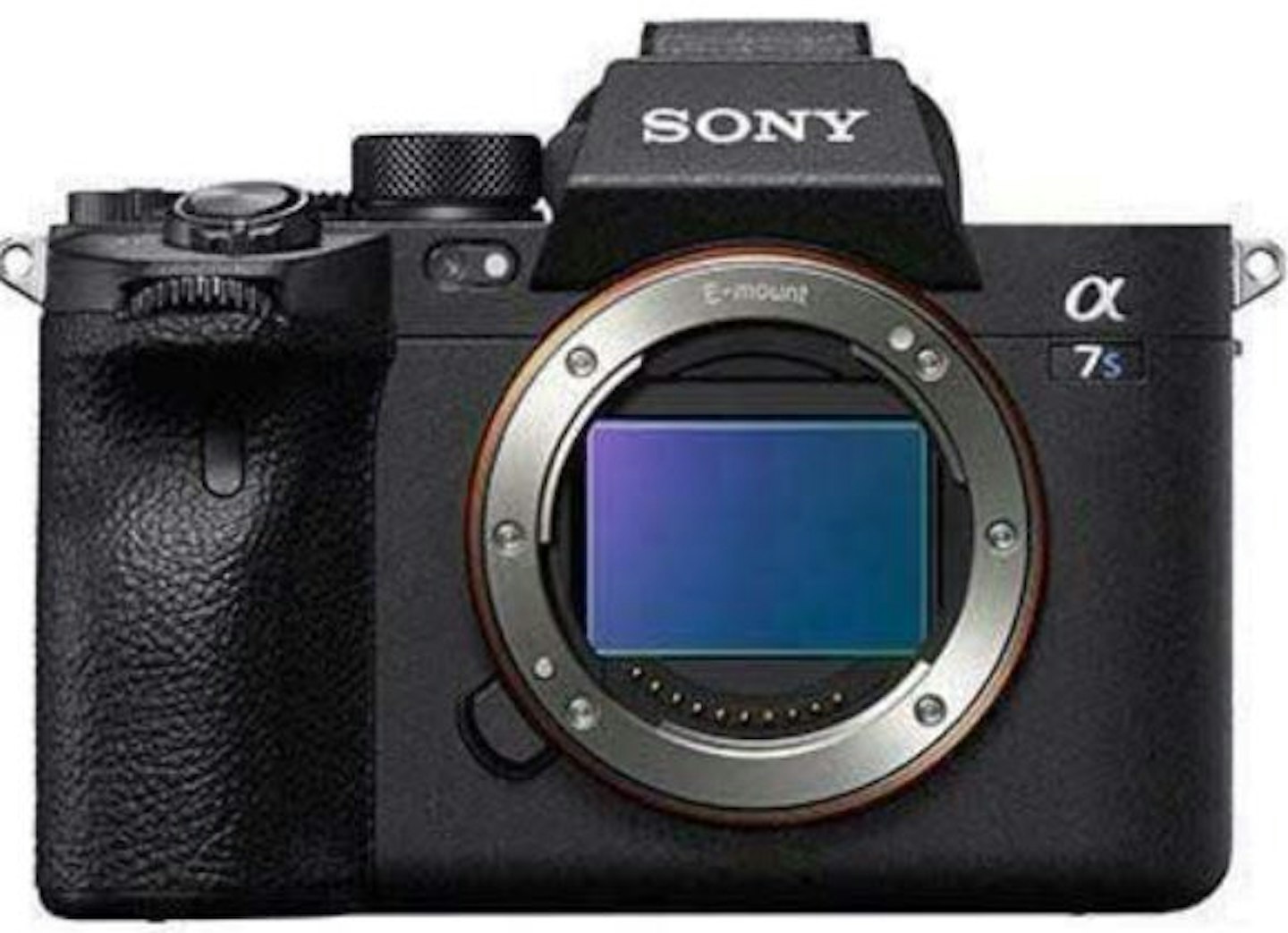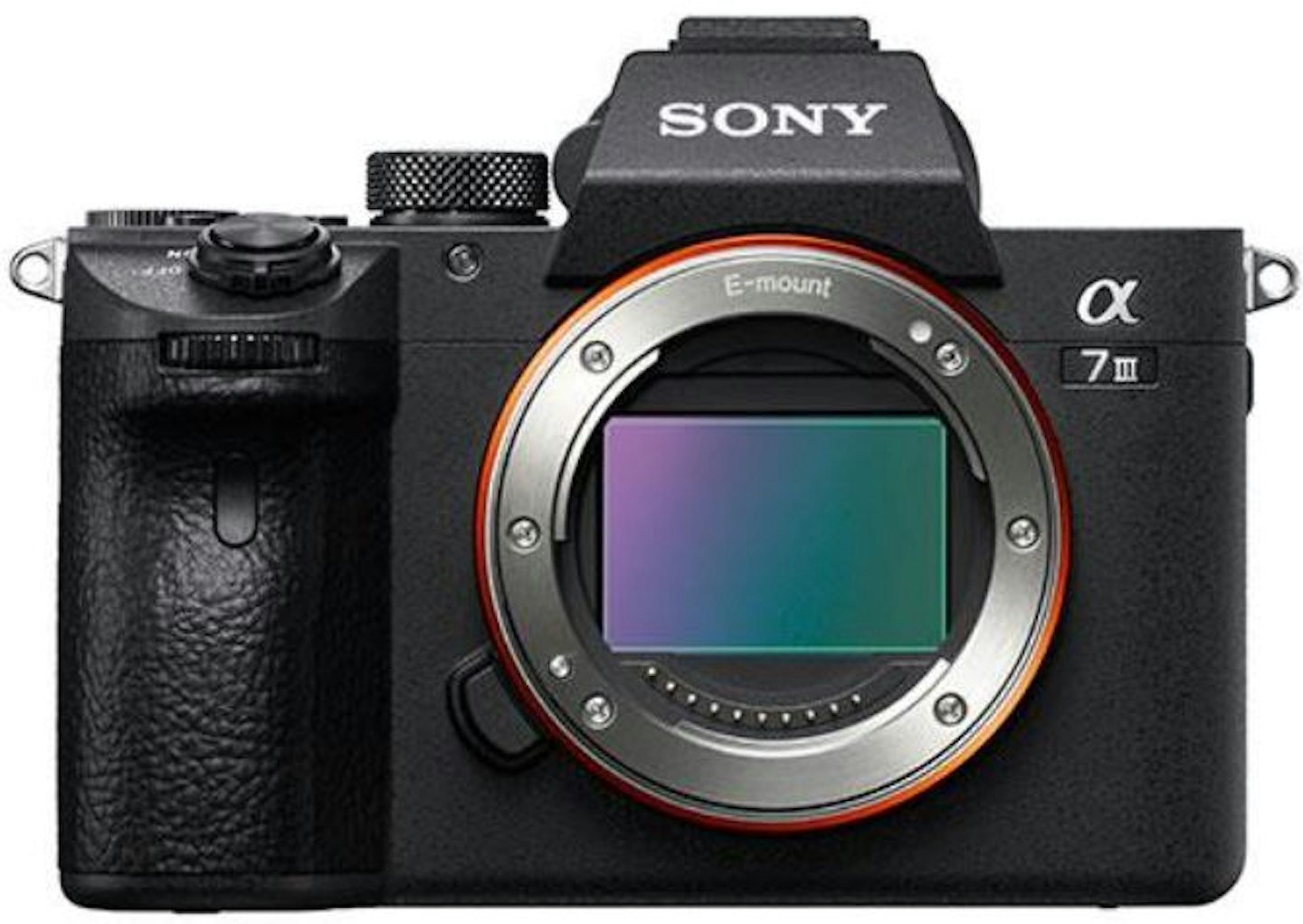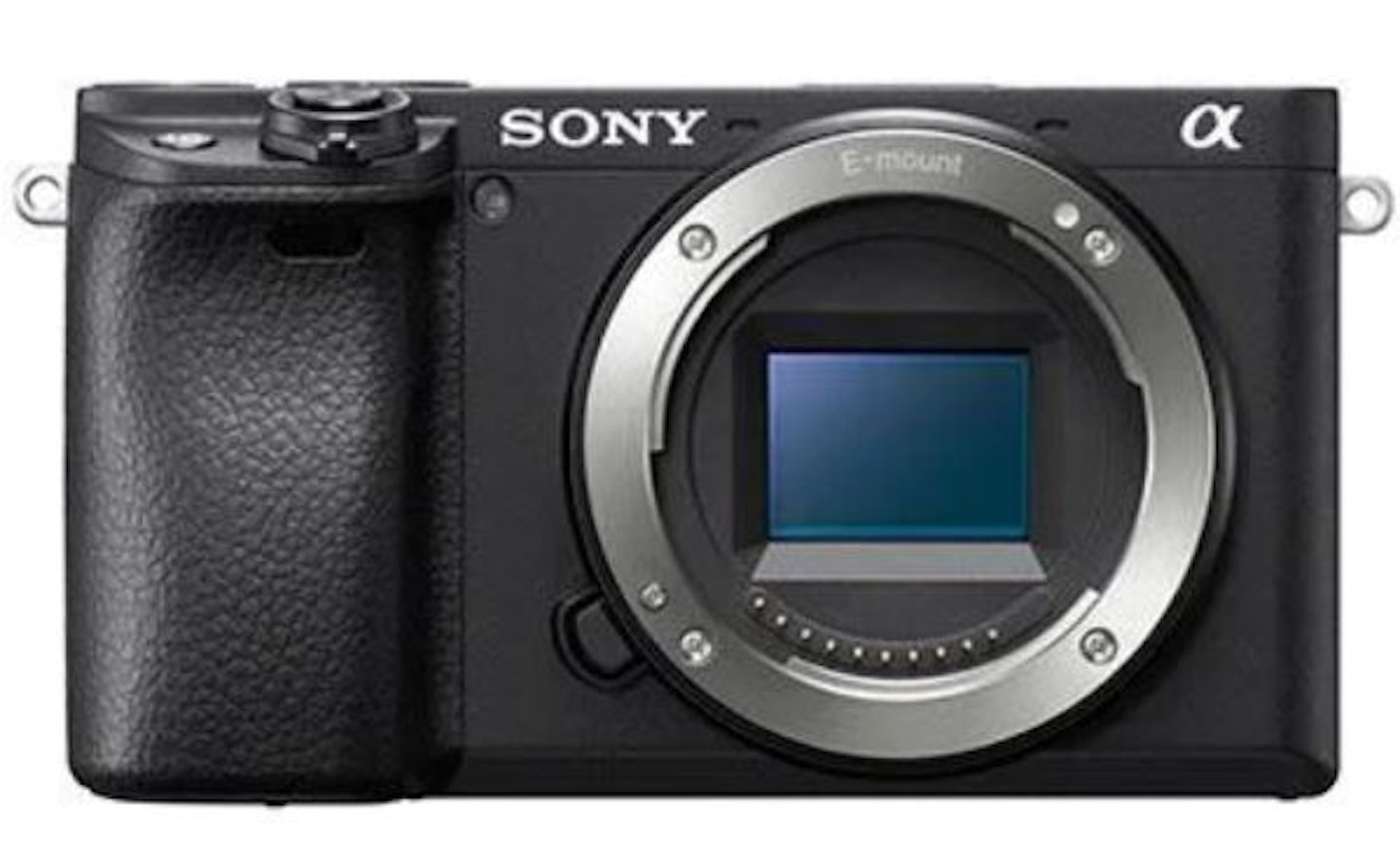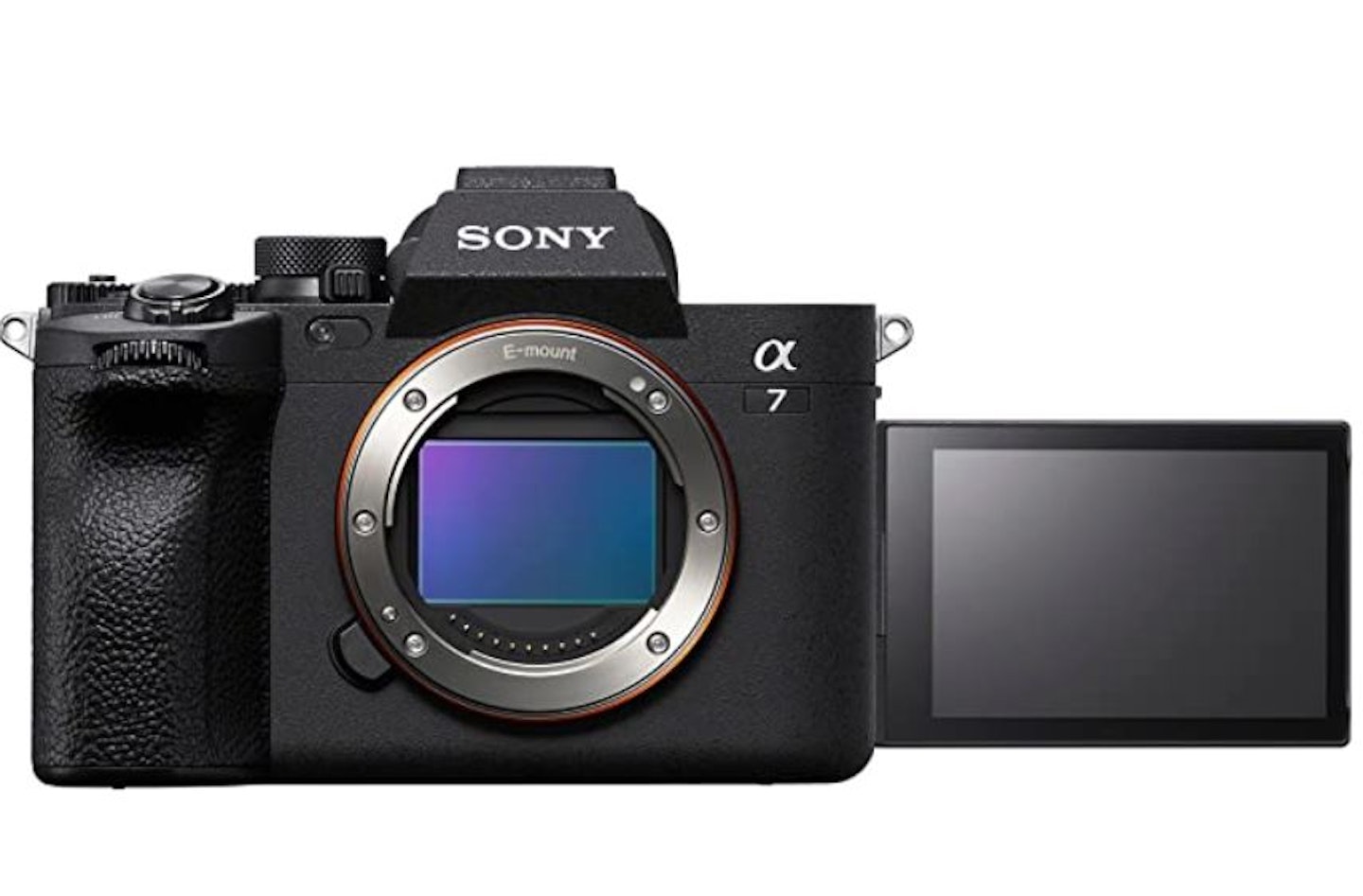While camera brands like Canon and Nikon proudly boast many decades of history, Sony’s venture into cameras began in 1988. Even then, it only really began to grow properly since the turn of the twenty-first century.
Yet Sony now rules the mirrorless camera arena, leading the competition and producing a substantial share of the mirrorless full-frame and APS-C currently available.
Tell me about Sony cameras
Sony’s full-frame mirrorless endeavours began with the Alpha 7 in 2013. Now in its fourth iteration, it’s still leading the mirrorless game, and a growing collection of models have since joined the α7.
Sony is also the world’s largest producer of digital sensors, which includes those used in smartphones and even some of Sony’s camera competitors. Naturally, this gives Sony an advantage in terms of sensor innovation. Its cameras are blessed with fantastic image quality and autofocus.
However, Sony’s range of lenses certainly isn’t as extensive as those offered by Canon and Nikon because it hasn’t been in the camera game for as long. Sony’s cameras are also very compact, and while this has advantages, it also draws some criticism over ergonomics.
Camera glossary
DSLR camera: The acronym stands for digital single lens reflex and is still the top dog for image quality. That’s why most professionals still use DSLR cameras, but there are still plenty of entry-level DSLR cameras around too. DSLR cameras are very customizable, which is great but does take some learning to make the most from.
Mirrorless camera: DSLR cameras use a reflex mirror, but mirrorless ones do not. Instead, light passes directly through from the lens to an electronic sensor. It’s more compact and allows you to preview selected settings before taking the shot. Advances in recent mirrorless models mean some can challenge DSLR cameras in terms of image quality.
Sensor size: Full-frame, APS-C, and micro four-thirds. There is a lot that differs between the three sizes, but one of the major points is that full-frame sensors perform better in low light because they are physically larger and can capture more light.
The best Sony cameras for car photography
1.
Sony α7 IV
Type: Mirrorless
Sensor size: Full frame
Sony’s latest α7 simply improves on the previous model and makes better what was already very good. For example, the sensor is 33 megapixels, up from 24.2 on the α7 III, increasing image resolution even more. The α7 IV will also now shoot 4K at 60fps whereas the α7 III could only shoot at 30fps.
For action shots, the α7 IV fires off at up to 10fps and of course uses Sony’s fantastic autofocus system. It works very well for people and animals, and reasonably well for other subjects such as vehicles. On balance, Canon’s system is better for vehicles.
The α7 IV remains compact and one cannot fault build quality. Though other cameras around this price point are more ergonomic, Sony could certainly improve the interface.
| Pros | Cons |
|---|---|
| • Compact | • Interface unintuitive |
| • Solid construction | |
| • Excellent image quality | |
| • 4K video at 60fps |
2.
Sony α7S III

www.wexphotovideo.com
Type: Mirrorless
Sensor size: Full frame
There are different versions of the α7. There are the ‘standard’ models; some have an ‘R’ in the name and these possess a higher resolution sensor, and those with an ‘S’ are for low light and video. Thus, the α7S III is quite adept at shooting videos, in addition to still images.
What makes the α7S III so is its high sensitivity and therefore ability to capture clean images, even in low light. The α7S III can also shoot in 4K at 120fps, which far outperforms any competitor.
Fast, accurate autofocus and image stabilization also play important roles, both for video and stills. Users also get to enjoy Sony’s signature cinematic colours which it is well known for.
| Pros | Cons |
|---|---|
| • Stunning video | • Focus on video not for everyone |
| • Compact | |
| • Excellent in low light |
3.
Sony α7 III

www.jessops.com
Type: Mirrorless
Sensor size: Full frame
Despite being the predecessor, the α7 III is still as good as some fresh competitors, such as Nikon’s Z 6II, and slides comfortably under the £2000 price point.
Its 24.2-megapixel sensor provides very high resolution – certainly more than enough for hobbyists. Sure, its 4K is limited to 30fps but that won’t be of concern to many. Crucially, the α7 III features wonderful autofocus, 10fps burst rate, and a very impressive dynamic range.
A large part of the α7 III’s (and α7 IV) appeal is its ability to soothe the photographer and do a lot for them. Such is the benefit of 5-axis image stabilisation and focus points covering almost the whole frame, for example.
| Pros | Cons |
|---|---|
| • Good value | • Limited video ability |
| • Still a performer despite age |
4.
Sony α6400

www.wexphotovideo.com
Type: Mirrorless
Sensor size: APS-C
The α7 series is brilliant but it is expensive. The α6400 goes a long way to addressing this by being a superb camera for less than £1000.
Kicking off with the physical stuff, the α6400 is even smaller than the α7 models, on account of its APS-C sensor. Despite that, its level of image quality is very impressive, including in low light conditions. The α6400 uses clever software to ensure subjects are focused on and tracked accurately and quickly (0.02 seconds).
Serious photographers may gripe about the α6400’s ergonomics but it’s fine and certainly not offensive. In fact, there are even some nice touches such as the LCD touchscreen which can tilt 180 degrees and makes awkward angles awkward no more.
| Pros | Cons |
|---|---|
| • Good value | • Small viewfinder |
| • Super fast autofocus |
Type: Mirrorless
Sensor size: APS-C
This looks like the type of camera your aunt used to whip out at birthday parties in the mid-2000s, but don’t be fooled. The α6000 is an impressive little unit that is perfect for beginners.
You get introduced to interchangeable lenses and manual controls with the α6000 but on a camera that isn’t so daunting. However, the 24.3 megapixel, mid-sized APS-C sensor still captures very high levels of detail. Moreover, features such as Sony’s 4D FOCUS allow you to accurately focus on subjects, even those in motion.
The α6000 is a very compact camera to the point where it is pocketable (with a small lens fitted). You can even choose from four colour schemes.
| Pros | Cons |
|---|---|
| • Good value | • Video only FHD at 60fps |
| • Super fast autofocus | |
| • Very portable |
Lenses
As we pointed out earlier, Sony’s lens line-up isn’t as extensive as those from Nikon or Canon, but that isn’t to say it’s rubbish. There are plenty, particularly for full-frame models.
A-mount: These are for Sony’s translucent mirror cameras. You probably won’t have heard of this other camera range that Sony makes and with good reason: the company devotes relatively little time and attention to it. These cameras are similar to DSLR-type cameras.
E-mount: The E-mount range is for Sony’s mirrorless cameras. There are different lenses for the full-frame and APS-C camera models. Sony’s α7 and α7R cameras can also be fitted with adaptors so A-mount lenses can be used on them.
Conclusion
Mirrorless has come to the fore of photography very quickly, and it is the future. Thus, Sony is in a good position and already produces some cracking mirrorless cameras. There are niggles, such as ergonomics, but overall Sony deserves its reputation.
For automotive photography, any of the models recommended here will serve you well, dependent on your skill level. Our absolute pick of the bunch is the α7 IV, due to its incredible still and video abilities. However, those less interested in the video will be just as well served by the older α7 III.


